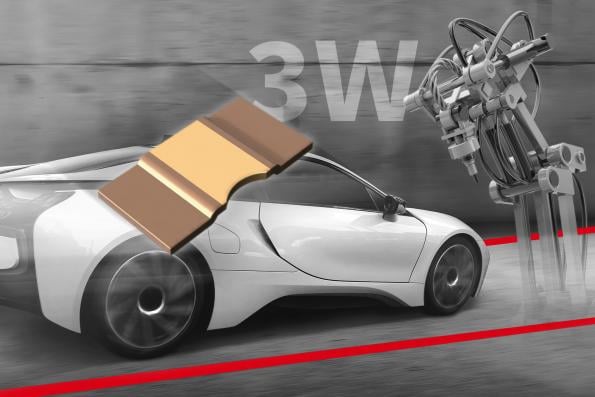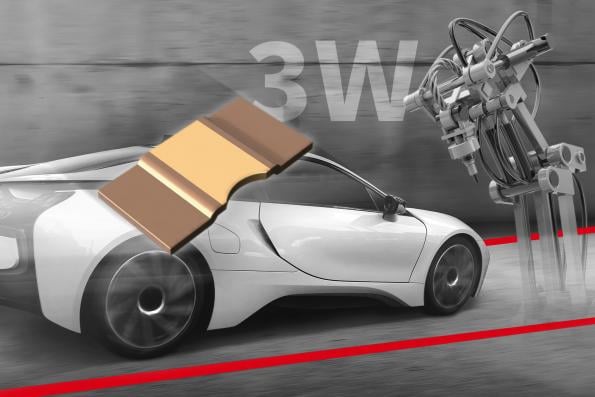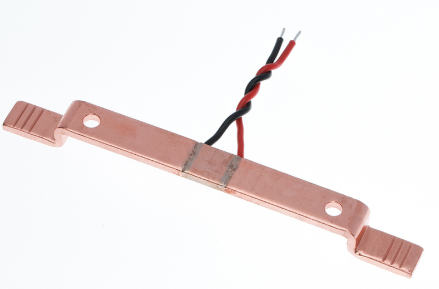
As we delve deeper into the realm of electrical engineering, we uncover various components that serve crucial roles in ensuring the accurate measurement and monitoring of currents. Among these components, shunt resistors stand out as indispensable tools for power measurement and current sensing. This blog post aims to shed light on the applications of shunt resistors in these specific areas and explore their significance in electrical circuits.
Power Measurement:
Shunt resistors form an integral part of power measurement systems, where their precise current sensing capabilities are leveraged to calculate electrical power. By accurately measuring the current flowing through the shunt resistor, the power can be determined using the formula P = I^2 x R, where P is power, I is current, and R is the resistance of the shunt resistor. This enables efficient power monitoring and management in a wide range of applications, including industrial machinery, renewable energy systems, and electric vehicle charging stations.
Current Sensing:
Shunt resistors play a crucial role in current sensing applications, enabling the measurement and monitoring of electrical currents. By integrating shunt resistors into the circuit, engineers can accurately measure the current passing through a specific component or system. This information is invaluable in a multitude of applications, such as motor control systems, battery management systems, and electronic load testing. Current sensing with shunt resistors allows for precise control and protection of electrical devices, ensuring optimal performance and preventing potential damage.
Precision and Accuracy:
One of the key advantages of utilizing shunt resistors in power measurement and current sensing is their inherent precision and accuracy. Shunt resistors are designed to offer low resistance values and tight tolerances, allowing for highly accurate measurements. Moreover, shunt resistors exhibit excellent linearity, meaning that the voltage drop across the resistor is directly proportional to the current flowing through it. This ensures reliable and consistent results, enabling engineers to make informed decisions based on precise measurements.
Considerations for Selection:
When selecting shunt resistors for power measurement and current sensing applications, engineers must carefully consider various factors. These include the power rating, temperature coefficient, tolerance, and resistance value of the shunt resistor. Additionally, the shunt resistor should be able to handle the anticipated current without excessive power dissipation, as this can lead to thermal issues and inaccurate measurements. By choosing the appropriate shunt resistor, engineers can ensure optimal performance and reliable measurements.
Conclusion:
Shunt resistors are indispensable components in power measurement and current sensing applications. Their ability to accurately measure current and calculate power enables efficient power monitoring, precise control, and protection of electrical systems. Through careful consideration of specific requirements and selection of suitable shunt resistors, engineers can harness their inherent precision and accuracy for optimal performance in a wide range of applications.
-

Shunt Resistor vs Current Tran
When it comes to current measurement in electrical systems, engineers have a cho...
2023-10-31 view+ -

Value stacking key for battery
Artificial intelligence is set to be crucial to managing the significant increas...
2022-08-26 view+ -

Professional products, quality
OSWELL will present at the INA PAACE Automechanika in Mexico and the FIEE in Bra...
2023-07-05 view+ -

What is the BMS shunt
In BMS applications, the shunt is used to measure the total current of the batte...
2023-04-07 view+


